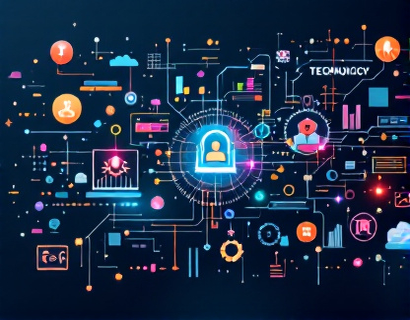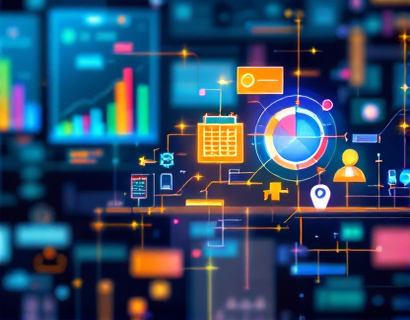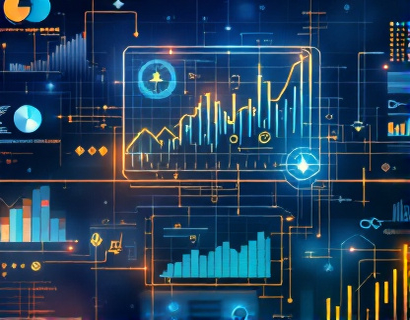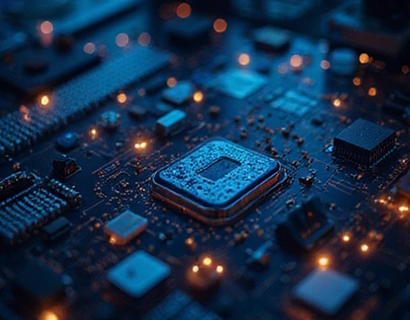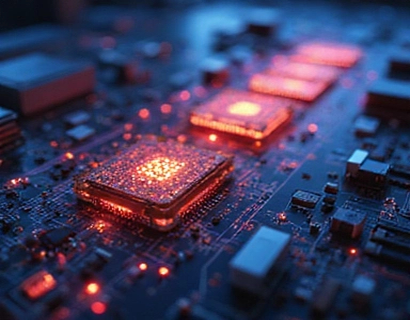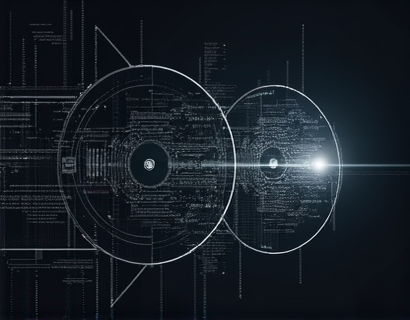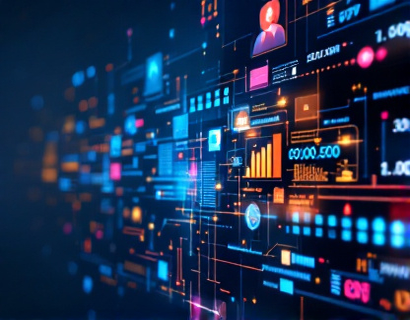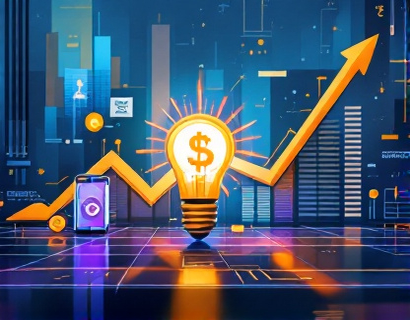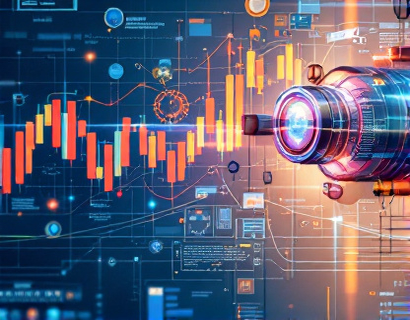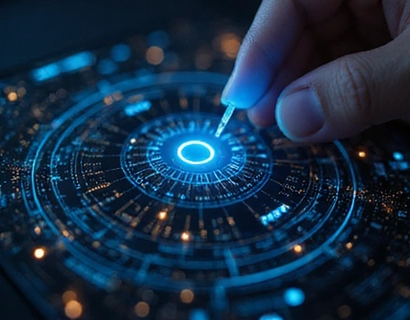Decentralized Excellence: Revolutionizing Digital Solutions with AI and Crypto
The intersection of cryptocurrency and artificial intelligence (AI) is giving birth to a new era of digital innovation, one that promises to transform how we interact with technology and each other. This revolution is not just about adopting new tools or platforms, but about fundamentally rethinking the architecture of digital solutions. Decentralized applications (dApps) and AI-driven services are at the forefront of this transformation, offering enhanced security, transparency, and user engagement. This article delves into the creation and impact of these decentralized solutions, exploring their potential to redefine the digital landscape.
Understanding Decentralized Applications
Decentralized applications, or dApps, are software applications that run on a blockchain or a decentralized network, rather than on a central server. This decentralized nature is what sets dApps apart from traditional applications. The core components of a dApp include a front-end user interface, a back-end smart contract, and a decentralized network like Ethereum. The smart contract, written in code, automates and enforces the rules and logic of the application, ensuring that all transactions and interactions are transparent and immutable.
The decentralized architecture of dApps offers several advantages. First, it eliminates the single point of failure that is common in centralized systems, making dApps more resilient and secure. Second, the transparency of blockchain technology ensures that all users can verify the operations and data, fostering trust among users. Lastly, the decentralized nature reduces the risk of censorship and manipulation, as no single entity has control over the network.
AI in Decentralized Systems
Integrating AI into decentralized systems amplifies their capabilities, creating a synergy that enhances both security and functionality. AI can process vast amounts of data, identify patterns, and make predictions, which are invaluable in a decentralized environment where data is distributed and decisions are made collectively. For instance, AI can be used to optimize the performance of smart contracts, ensuring they execute efficiently and securely. It can also enhance user experiences by providing personalized recommendations and insights, all while maintaining the decentralized and privacy-focused principles of the network.
One of the key areas where AI and decentralization intersect is in decentralized finance (DeFi). DeFi platforms leverage AI to improve risk assessment, fraud detection, and algorithmic trading. These AI-driven tools help maintain the integrity of financial transactions and ensure that the system operates smoothly and fairly. Moreover, AI can facilitate better user onboarding and education, making complex decentralized concepts more accessible to a broader audience.
Enhancing User Engagement through Decentralized Solutions
User engagement is a critical factor in the success of any digital platform, and decentralized solutions offer innovative ways to boost interaction and participation. By leveraging blockchain and AI, platforms can create more engaging and rewarding experiences for users. For example, tokenization can be used to incentivize users for contributing value to the network, such as providing liquidity, validating transactions, or creating content. This not only increases user participation but also aligns the interests of users with the health and growth of the platform.
Gamification is another powerful tool in decentralized user engagement. By incorporating game-like elements such as challenges, rewards, and leaderboards, platforms can make the user experience more enjoyable and motivating. AI can further enhance gamification by personalizing challenges and rewards based on user behavior and preferences, ensuring a more tailored and engaging experience.
Case Studies: Real-World Applications
Several projects are already demonstrating the potential of decentralized excellence through the fusion of AI and blockchain. One notable example is a decentralized content platform that uses AI to curate and recommend content based on user preferences, while ensuring creators are fairly compensated through tokenized rewards. This platform leverages blockchain for content verification and distribution, ensuring authenticity and transparency, while AI enhances the user experience by providing personalized content discovery.
Another example is a decentralized healthcare platform that uses AI to analyze medical data and provide diagnostic insights, all while maintaining patient privacy and data security. The platform's smart contracts ensure that data is shared only with authorized parties and that patients have control over their own data. This not only improves the quality of healthcare services but also builds trust among users.
Challenges and Considerations
While the potential of decentralized solutions enhanced by AI is vast, there are several challenges and considerations that need to be addressed. One of the primary challenges is scalability. Blockchain networks, especially those used for dApps, can face performance issues as the number of transactions increases. Innovations in blockchain technology, such as layer 2 solutions and more efficient consensus mechanisms, are crucial to overcoming this hurdle.
Another challenge is the user experience. Decentralized systems can be complex and intimidating for new users. Simplifying the onboarding process and providing intuitive interfaces are essential to broadening adoption. Education and community support also play a vital role in helping users understand and effectively use decentralized solutions.
Regulatory uncertainty is another factor to consider. As decentralized technologies evolve, regulatory frameworks are still catching up. Ensuring compliance while maintaining the decentralized ethos is a delicate balance that requires ongoing dialogue between developers, regulators, and the community.
The Future of Digital Interactions
The fusion of AI and decentralization is not just a technological trend but a fundamental shift in how we approach digital interactions. This new paradigm emphasizes decentralized control, enhanced security, and user-centric design. As more developers and organizations embrace these technologies, we can expect to see a proliferation of innovative applications that redefine industries and improve lives.
The future holds the promise of more autonomous systems, where AI-driven decision-making is combined with the trust and transparency of blockchain. This could lead to breakthroughs in areas such as supply chain management, voting systems, and even social media platforms that prioritize user privacy and content authenticity.
In conclusion, the combination of AI and decentralization is revolutionizing the digital landscape, offering solutions that are more secure, transparent, and engaging. As this field continues to evolve, it is essential for tech enthusiasts, innovators, and early adopters to stay informed and involved, contributing to the development of a decentralized future that benefits all.







